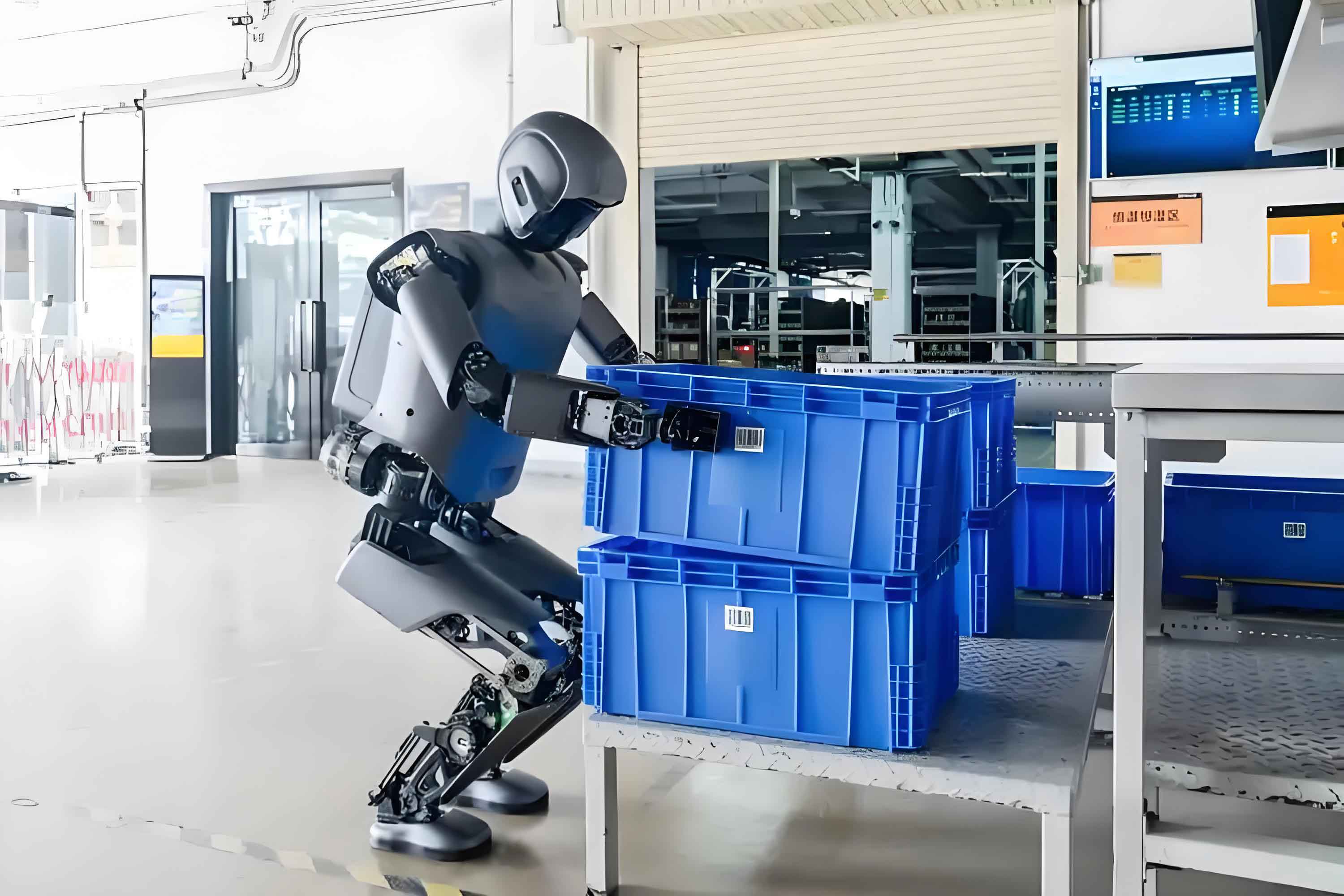
BEIJING – During the ongoing National People’s Congress and Chinese People’s Political Consultative Conference sessions, technological breakthroughs across high-tech sectors dominated discussions among delegates and committee members, with innovation emerging as the most frequently mentioned keyword in this year’s Government Work Report.
Zhou Yunjie, NPC deputy and Chairman/CEO of Haier Group, emphasized: “Technological innovation determines whether a brand can establish itself globally. Enterprises must anchor themselves to innovation, constantly seeking and cultivating excellence to achieve world-class status.” The Government Work Report mentioned “innovation” 40 times, reflecting China’s accelerated technological advancements including DeepSeek’s cost-effective open-source AI models, Unitree Robotics’ humanoid robots showcased during Spring Festival Gala, and the record-breaking “Zuchongzhi-3” quantum computer prototype.
1. Robotics and AI Lead Innovation Breakthroughs
This year marks the inaugural inclusion of “embodied intelligence” in China’s Government Work Report, spotlighting rapid progress in the robot industry. Humanoid robots physically participated in NPC coverage, including the “Kuafu” reporter and Jiangsu Media Group’s “Su Xiaomai.”
He Xiaopeng, NPC deputy and Chairman/CEO of XPeng Motors, observed: “China’s humanoid robot industry resembles the early development stage of new energy vehicles 15 years ago. Policy guidance is crucial at this phase.” He projected China’s embodied intelligence sector would achieve global leadership within 5-15 years, mirroring the success of electric vehicles.
Nie Pengju, NPC deputy and Chairman of Colias Group, noted: “Humanoid robots and their core components have become pivotal levers for technological advancement and industrial upgrades in the robot industry.”
Artificial intelligence remained another focal point, mentioned three times in the 2025 Government Work Report alongside calls for expanding the “AI Plus” initiative. Qi Xiangdong, CPPCC member and Chairman of Qi An Xin Technology Group, stated: “AI will revolutionize all industries, driving leapfrog development in productivity and technology while improving industrial production and daily life.”
2. China’s Strategic Industries Ascend Global Leadership
China has secured commanding positions in AI, embodied intelligence, low-altitude economy, and quantum computing. In the AI sector, domestic achievements include DeepSeek topping international download charts in January, the breakthrough AI Agent “Manus” gaining global attention, and Alibaba’s newly released QwQ-32B inference model surpassing industry benchmarks.
SAS Institute’s report confirms China’s global leadership in generative AI adoption at 83%, significantly higher than the UK (70%) and US (65%). Zhu Songchun, CPPCC member and Director of Beijing Institute for General Artificial Intelligence, attributed this advantage to China’s comprehensive real-world data ecosystems: “Our strengths lie in integrated industrial systems, abundant STEM talent, and massive datasets across transportation, agriculture, commerce, and finance – forming unique foundations for AI development.”
The robot industry demonstrates parallel progress. Qiao Hong, CPPCC member and Academician at Chinese Academy of Sciences, revealed: “China installed over half of global industrial robots in the past three years. Humanoid robots represent crucial embodiments of artificial general intelligence.” Zhang Ying, CPPCC member and Director of Shanghai Economic and Information Commission, projected the global embodied intelligence market would exceed $20 billion by 2030, with nearly 100 Chinese humanoid robot companies preparing for commercialization. “By 2025, over 10,000 humanoid units are expected to enter China’s market, signaling massive expansion in the robot industry,” Zhang stated.
3. Innovation Ecosystem Faces Systemic Challenges
Despite sectoral successes, delegates identified structural barriers in funding and R&D systems. Li Dongsheng, NPC deputy and Chairman of TCL, highlighted financing constraints for capital-intensive tech manufacturing: “Semiconductor display projects require over 20 billion yuan ($2.8 billion) investments, yet current capital market rules can’t support such scale.” TCL subsidiary CSOT generates over 20 billion yuan annual cash flow but struggles to fund new projects after debt repayments and dividends. Li criticized stringent equity financing limitations and prolonged approval cycles that restrict the robot industry and related tech sectors.
Ma Xinqiang, NPC deputy and Chairman of HG Tech, addressed R&D system shortcomings: “Breakthroughs in fundamental research may take decades, yet existing frameworks lack tolerance for failure – experimental data and lessons remain undervalued.” He cited “generational monopolies” in research funding allocation where universities receive disproportionate resources compared to hard-tech SMEs. Additionally, academic evaluation cycles averaging five years lag behind rapid fields like AI and the robot industry.
“Innovation is a boundless frontier requiring supportive environments to sustain talent’s creative drive,” Ma concluded, advocating systemic reforms to maintain China’s technological momentum.
